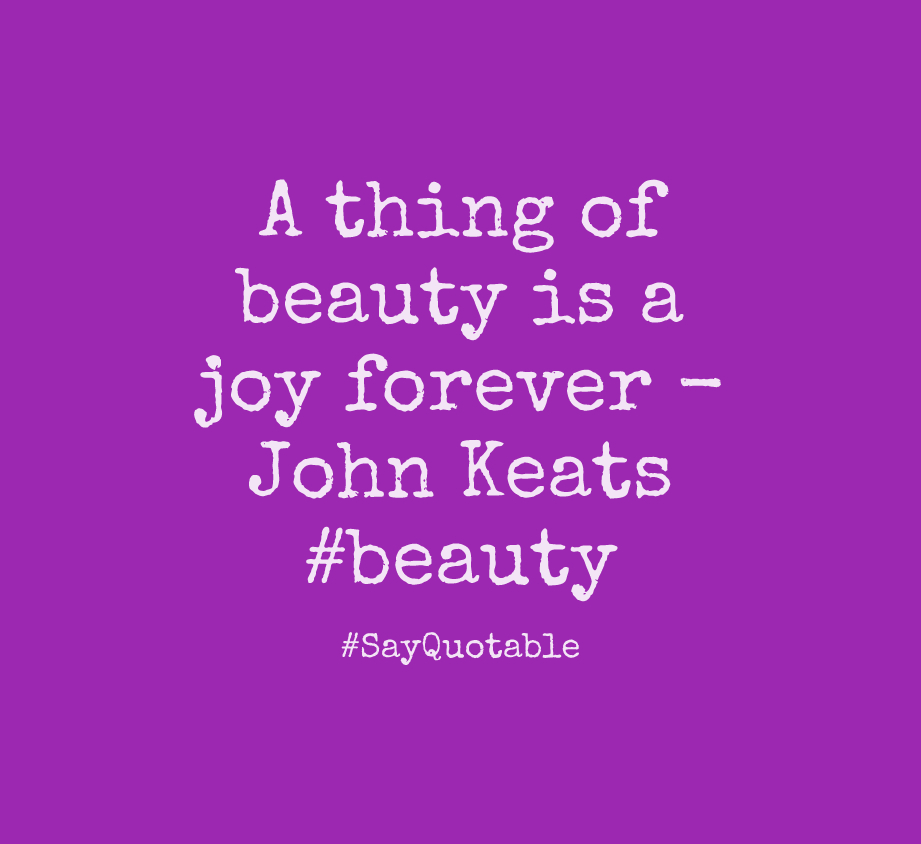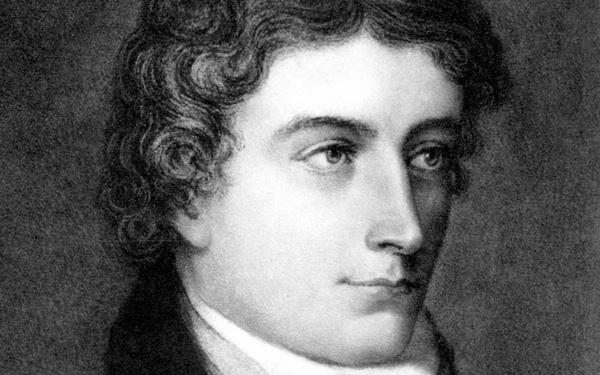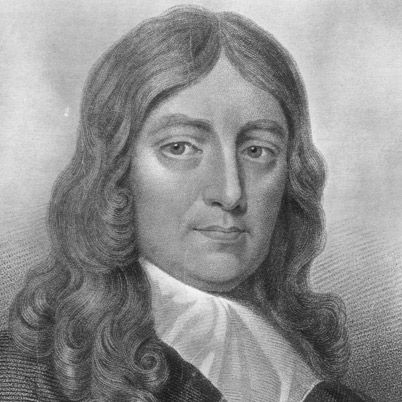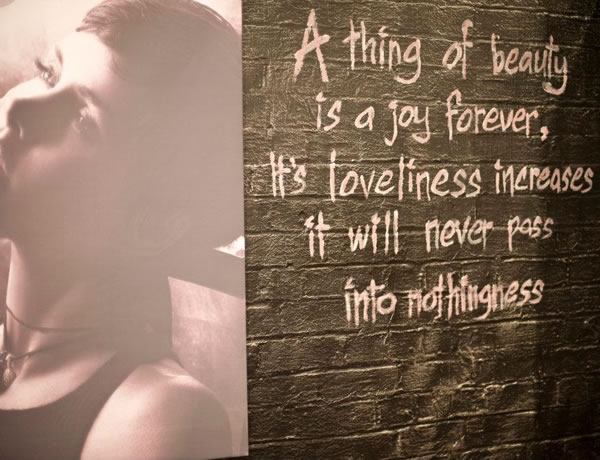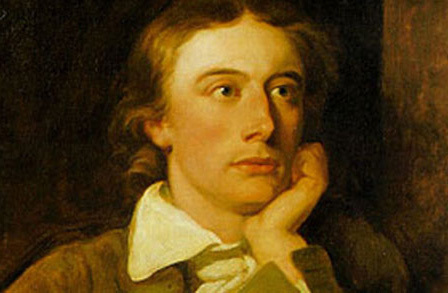About John Milton:
John Milton was born in the year 1608 in Bread Street, London. He was a man who went on to achieve great things and work in three different eras: Stuart England, Commonwealth and Protectorate. He published his first piece of poetry, Poems of Mr. John Milton, Both English and Latin in the year 1645. ‘Paradise Lost’, a long epic poem, remains his best work. Milton was passionate for freedom, and this reflects in many of his poems, along with his deep convictions and determination. A poet, a prose polemicist (one who engages in controversial debate) and a civil servant, Milton died in the year 1674.
About Sonnet XVI:
This poem was written in the year 1652 when some ministers in a committee proposed the propagation of the Gospel, which could potentially undermine the religious freedom of the people and lead to dissatisfaction and destruction. The poem is a warning to the then Lord of his, Cromwell against implementing these proposals. At the time of writing of this poem, Cromwell was still not the Lord Protector of the Commonwealth of England, Scotland and Ireland.
Setting of Sonnet XVI:
There is no physical setting of the poem. The poem speaks of the past, of Cromwell’s achievements and speaks of the regions of Darwen, Dunbar and Worcester. That is it. There are no more places mentioned.
Poetic Devices in Sonnet XVI:
Rhyme:
The poem is a petrarchan sonnet and it has a rhyme scheme of ABBAABBA in the octet and a rhyme scheme of CDDCEE.
Metaphor:
There are a lot of metaphors in the poem, particularly concentrated in the last two lines of the poem. The ‘hireling wolves’ stands for ministers and the ‘maw’ for the destruction if the ‘secular chains’, the proposals were implemented.
Imagery:
There is some imagery in the poem when the speaker speaks of Cromwell’s achievements. We see before us a river stained with blood of the Scots when he speaks of the first achievement.
Alliteration:
There is some alliteration in the poem in line 4, ‘truth thy’ and in line 10, ‘hath her’.
Summary of Sonnet XVI:
The speaker of the poem, John Milton wrote this piece of verse in the month of May, 1652 to Cromwell, the then Lord General warning him against the implementation of propagation of the Gospel.
The speaker first praises Cromwell, saying how he paved path to peace through war and detractions, with faith and bravery. He then speaks of three of the greatest achievements of Cromwell, all against the Scots, at different places and years.
But the speaker says that Cromwell cannot relax yet. There is still much to do. New enemies will rise and in this particular case, they are the ministers who will be the cause of destruction with their new proposals. The last part isn’t told directly but it is implied by using various metaphors.
Analysis of Sonnet XVI:
The speaker of the poem first starts the poem by singing praises of Cromwell, an English military and political leader who went on to become the Lord Protector of the Commonwealth of England, Scotland and Ireland. The speaker of the poem says that Cromwell faced many challenges in life including but not limited to war and distractions. These challenges are compared to a cloud, implying that they hung over Cromwell like an ominous omen. But Cromwell always had faith; and guided by his faith and bravery, he gloriously ploughed the way to peace.
Cromwell was a very religious man. He attributed every one his victories to heavens. So when the speaker says that he was guided by faith, he meant it in a very real and literal sense.
Cromwell has pursued God’s work and he reared His trophies on his neck. ‘crowned Fortune proud’ here means that Fortune was always with Cromwell and it was proud to be so. Fortune here is personified; given a human feeling of pride. This is evident from the use of capital ‘F’ for Fortune.
The speaker then speaks of three of the greatest victories for Cromwell. He had stained the River Darwen with the blood of the Scots, and then again at Dunbar and finally again at Worcester. He says the people at Dunbar shout out his praises and the people at Worcester make him a laureate wreath. He achieved victory in these wars which were fought in 1648, 1650 and 1651 respectively. These victories were very important as they secured the English Republic.
Now this poem is a sonnet; specifically a petrarchan sonnet. It means it has an octave with a rhyme scheme of ABBAABBA, followed by a sestet with a varying rhyme scheme. In this particular one, the rhyme scheme of the sestet is CDDCEE. It is to be noted that the end words of 2nd and 3rd lines of the sestet, i.e., the 10th and 11th lines of the poem do not rhyme exactly. But as all the other rules of the petrarchan sonnet are covered by the poem, including the turn rule, which will come next, we consider this poem as one.
A sonnet has a turn in it; a turn in the events happening or in the mood. This poem is no exception. After the octave, the turn comes here too. In the octave, the speaker praises Cromwell but in the sestet, he warns him.
As said in the beginning of the poem, before the first line of verse, this poem is for Lord General Cromwell, written in May 1652. Certain proposals were made in the committee regarding the propagation of the Gospel. The speaker of the poem, John Milton, who is also the poet of the poem, is against these proposals. And it is to warn of the consequences of implementing them, that he wrote this poem.
The speaker begins the sestet by saying that even though Cromwell achieved so much, there is much yet remained to conquer. War has victories but so does peace, and these victories are no less than that of wars’. By this he means to say that there is glory to be found even in peace; there is no necessity to fight a war for it. New foes will always arise and they will threaten to bind their souls with secular chains. He calls these foes ‘hireling wolves’. This is his way of saying that the ‘hireling wolves’ were the ministers who proposed the propagation of the Gospel and the secular chains are their proposals.
‘whose gospel is their maw’ – this line indicates indirectly that the hireling wolves were the ministers. The maw here, is a metaphor for a tool of destruction. The maw is said to be gospel, indicating that implementation of the proposals would lead to destruction.
The changes proposed by the ministers would undermine the religious freedom the people gained after civil wars. Accepting the proposals would only lead to dissatisfaction and war. Do not destroy the freedom the people are entitled to, says Milton. He uses metaphor to tell this.
Now before asking someone of something, it is always to put them in a good mood. This is exactly what Milton does here. He sings praises of Cromwell in the octave and states his real purpose indirectly in the sestet. And thus, the sonnet is formed.
Central Idea of Sonnet XVI:
The central idea of the poem is to make Cromwell not accept the proposals the ministers of a committee put forward, on the matter of the propagation of the Gospel, as implementing these changes would mean ruin to the religious freedom of the people.
Tone of Sonnet XVI:
In the octet, the tone of the poem is full of praise. The speaker praises Cromwell on his achievements and character.
In the sestet, the tone changes to one of caution. The speaker tells Cromwell to always remain alert and take decisions carefully.
Conclusion
John Milton writes this poem to his then chief, Cromwell warning him against the implementation of certain proposals. The poem is a sonnet and is written beautifully and tactfully. And apparently it works, as there is no record of those certain proposals being implemented.
Contributor: Uttej Reddy
Some online learning platforms provide certifications, while others are designed to simply grow your skills in your personal and professional life. Including Masterclass and Coursera, here are our recommendations for the best online learning platforms you can sign up for today.
The 7 Best Online Learning Platforms of 2022
- Best Overall: Coursera
- Best for Niche Topics: Udemy
- Best for Creative Fields: Skillshare
- Best for Celebrity Lessons: MasterClass
- Best for STEM: EdX
- Best for Career Building: Udacity
- Best for Data Learning: Pluralsight



